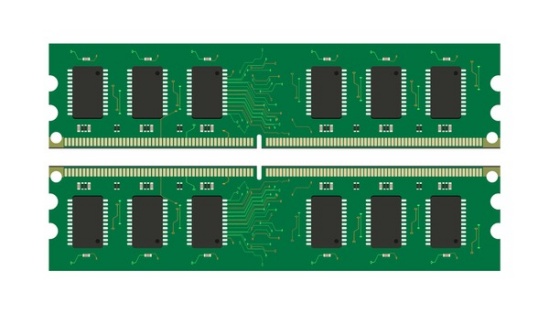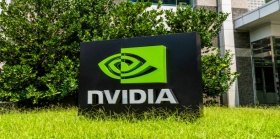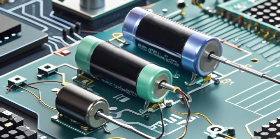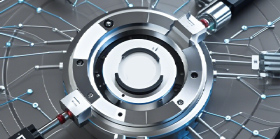DDR4 prices skyrocket, manufacturers need to reproduce
Due to insufficient supply, DDR4 prices have steadily increased in the past few months. Earlier this year, top DRAM manufacturers Micron, Samsung, and SK Hynix announced that they will cease production of DDR4 memory by the end of 2025. Therefore, the price of DDR4 chips has doubled in just two months, with ComputerBase reporting that the price of 8GB DDR4-3200 chips has exceeded $5 ($1.75 at the end of April). The average price of the dual pack version of this DDR4 memory module is now $8.80, an increase of over 100% from $3.57. Therefore, some small businesses have realized that DDR4 is profitable again and have decided to expand production.

For example, South Asia Technology, a Taiwanese memory manufacturer with a rich DDR4 product portfolio, is benefiting from these price increases. Especially due to the fact that the company has not yet produced LPDDR5 and its DDR5 product line is limited, the price increase is particularly significant. On the other hand, large manufacturers like Micron are unlikely to follow suit, especially as they are using idle production lines for existing and upcoming technologies such as DDR5 and HBM.
Affected by this news, the prices of some DDR4 memory modules have slightly decreased. But currently, the overall price is still at a high level, especially as buyers may still be hoarding DDR4 memory chips for production shutdown. We expect that once small manufacturers resume production speed, prices will return to normal, but it may take some time to recover to previous levels. JEDEC first officially launched the DDR5 standard in 2020, which means this technology has been in existence for about five years now. Although Intel's latest CPUs support both DDR4 and DDR5, AMD's Zen 4 and higher processors currently only support DDR5. In addition, the booming development of artificial intelligence is transforming the huge demand for HBM chips into a lucrative market, prompting major manufacturers to migrate their old DDR4 production lines to HBM production. These developments are slowly but steadily squeezing DDR4 out of the market, but due to the large number of old technologies still using DDR4, we may need some time to truly see the end of this technology.
Related Information

- 2025.05.12 Intel terminates Deep Link program



